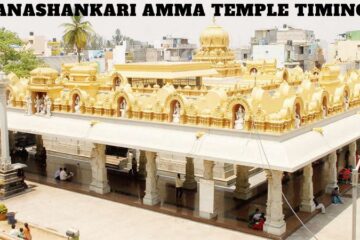Categories: Blog
Blog
Banashankari Amma Temple Timings
Banashankari Amma Temple is one of the most revered shrines in Karnataka, attracting countless devotees and tourists every year. Knowing the temple timings is crucial for planning your visit and ensuring you participate in the Read more…



